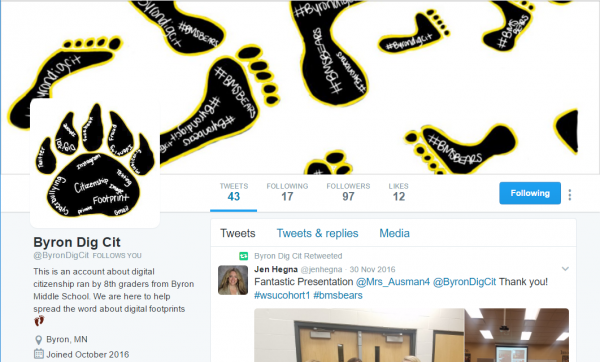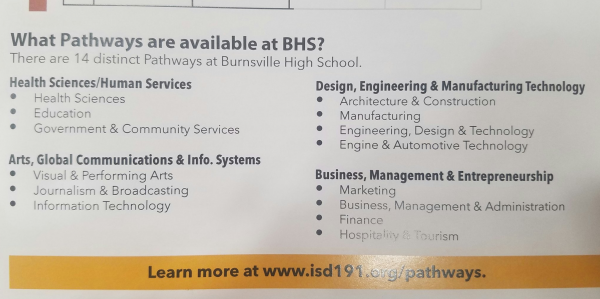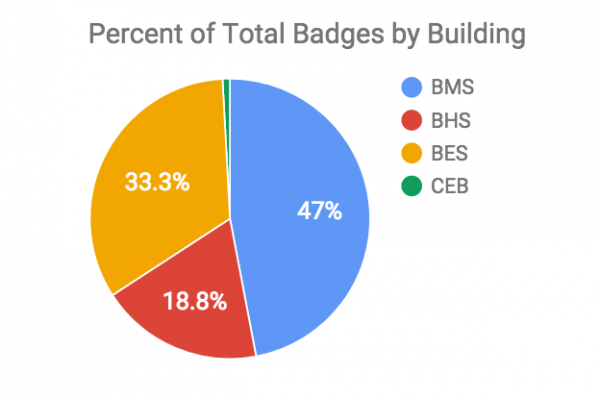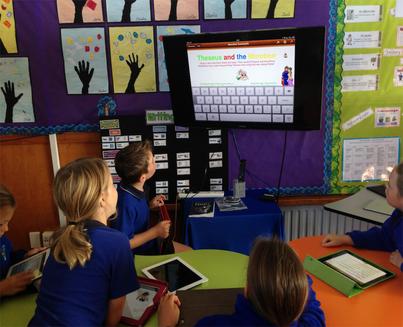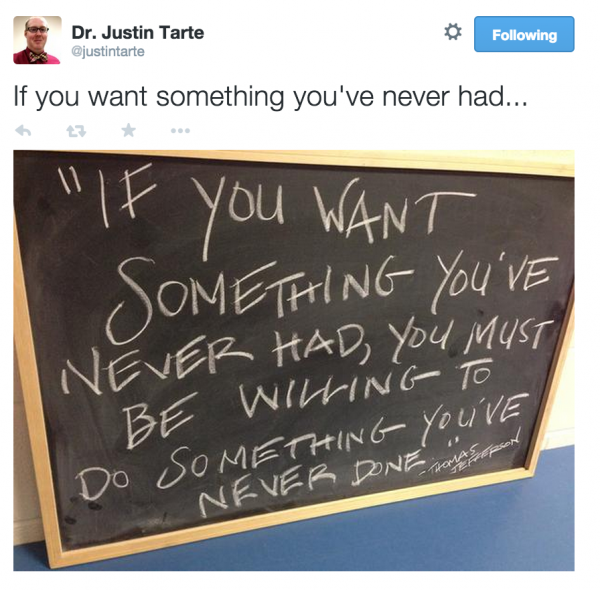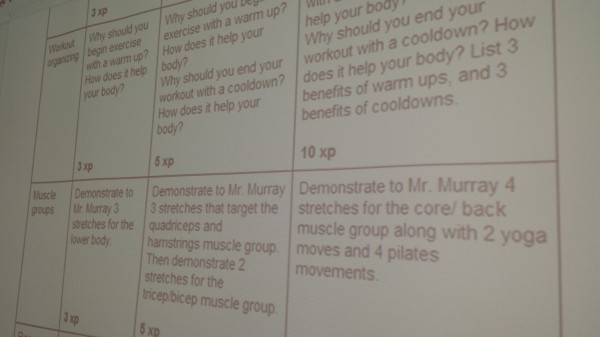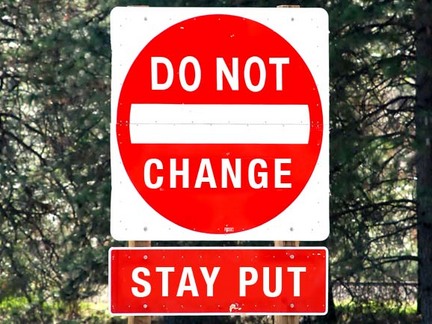This past week, I was fortunate to spend an entire day with Eric Sheninger at a workshop session called Digital Leadership. I have been a follower of Eric’s for some time, watched his Ted Talk and read his Digital Leadership: Changing Paradigms for Changing Times book. (which is now signed!) But, I have never had the opportunity to hear him speak. SO, when I found out he was coming to Rochester, MN and would have a whole day session – I was in!
He provided incredible insights on how he was able to lead his school, New Milford High School a small high school with 600+ kids in New Jersey, with high diversity, little or no technology to become a nationally recognized school and greatly improving test scores and graduation rates. Below are my key takeaways!
No more excuses
An early turning point in the transformation was a “Stop Making Excuses” mindset and it had an enormous effect on New Milford’s culture. Because “If it’s important to you, you will find a way. If not, you will find an excuse!”
 Accountability
Accountability
Of everything that Eric shared that day, this was probably the most the biggest takeaway for me. Eric shared that he observed EVERY teacher in his school 5 times per year. Two were officially scheduled observations while 3 were unannounced. His classroom look fors:
- Clear learning objectives/outcomes
- Student-centered as opposed to teacher-centered
- Construction of new knowledge
- Acquisition and application of essential skills
- Creation of a learning artifact
- Assessment – evidence of higher order thinking skills
- Student Feedback
If he did not observe something in action, he would email his teachers and they would have so much time to provide the information. This would include learner artifacts and the standards they were aligned to. One of my favorite quotes from his session – “I collect assessments, not lesson plans”. I would have to guess the conversations around learning would be incredibly powerful with the data/evidence!
The collection of digital artifacts were beneficial for his educators too, as all educators have e-portfolios and are provided time (on the job) to work on their ePortfolios. To do this, Sheninger eliminated non-instructional “duty-time”. “We do not need $45/hr cafeteria monitors”. Instead, he opted to provide team time and time for educators to reflect on their practice.
Eric did share that this observation model did not start right away. I believe it wasn’t until year 3 or 4 into his transformational instructional design process. This also was about how much time it took for the diffusion of this instructional design to happen. (Refer to diffusion of innovation)
Rigor, Relevance, and Innovation
Sheninger also shared the Relevance Instructional Design Framework developed by the International Center for Leadership in Education. (Sheninger now works for them).
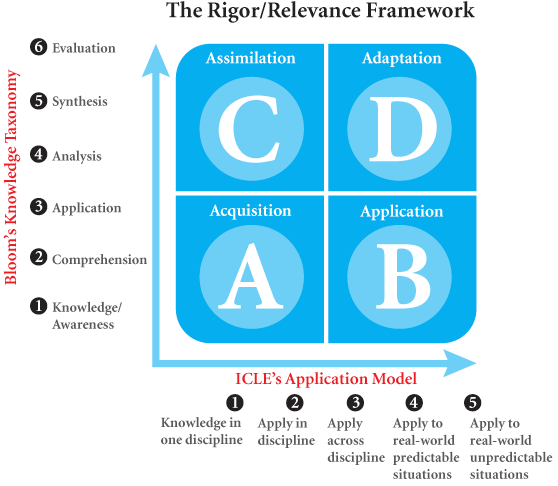
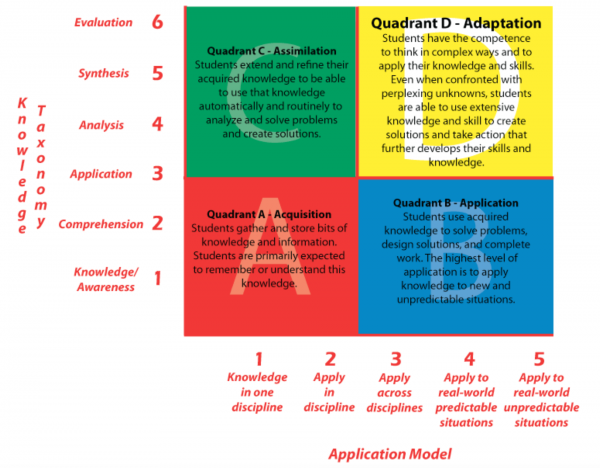
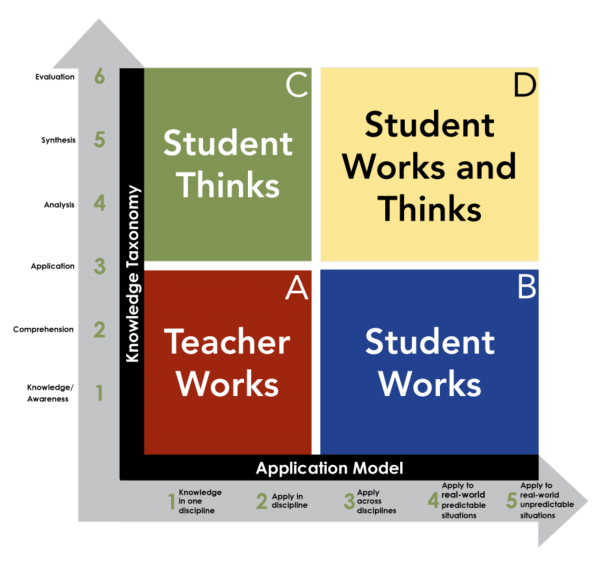 While we have been focusing on deeper learning this year, what I like about this framework is it provides a scaffold of these types of learning environments. Sheninger said while our goal should be to get our students to quadrant D, it is impossible to reside there at all times. In my opinion, It is also not fair to kids to provide them with an education that never allows them to move out of Quadrant A. As I was perusing the leadered website, I did stumble on the rubric that aligns with the framework. Question to self – Could this align to our scale work? Should this framework be used in my Real World Learning design course?
While we have been focusing on deeper learning this year, what I like about this framework is it provides a scaffold of these types of learning environments. Sheninger said while our goal should be to get our students to quadrant D, it is impossible to reside there at all times. In my opinion, It is also not fair to kids to provide them with an education that never allows them to move out of Quadrant A. As I was perusing the leadered website, I did stumble on the rubric that aligns with the framework. Question to self – Could this align to our scale work? Should this framework be used in my Real World Learning design course?
Questions to reflect on… what do assessments look like in each quadrant? My guess, as you move from quadrant to quadrant, the assessments move from knowledge-based assessments (quizzes/tests) to performance-based assessments. Eric did share one such project from his school and the rubric to match! I believe all students in his HS had ePortfolios. We should not only use student ePortfolios to show what they know… but show what they understand. Evidence and reflection will be key.
Be sure to read Will Dagget’s research around this framework. (pdf) My favorite quote from this whitepaper:
“The value of state assessments is undeniable, but we cannot view them as the definition of academic excellence. Unfortunately, many of those in education do. When assessment is viewed as the end goal or finish line,
the test itself becomes a barrier to high levels of student achievement. However, if curriculum, instruction, and relevant learning become the focus, the tests will take care of themselves.”

We need to “marry innovation with achievement when we look at instructional design”. While we are always seeking to engage our students, engagement does not automatically equate to learning. I have been guilty of this numerous times. I get excited by shiny things but at the end of the day, if our students are not learning our objectives, we are wasting valuable instructional time. It’s important to continually assess their understanding. Can learning be fun? Absolutely! But we need to keep the lessons/activities learner and learning focused!
 As for technology, there is no doubt it can amplify and accelerate learning vs. “water it down”. Instead, we should ask ourselves how can technology be used to support sound student-centered pedagogy?
As for technology, there is no doubt it can amplify and accelerate learning vs. “water it down”. Instead, we should ask ourselves how can technology be used to support sound student-centered pedagogy?
If leadership doesn’t get it – it’s not going to happen. This includes leaders in classrooms, schools, districts! Eric did a very good job modeling tools and effective practices during this session. When I think of PD, this is the biggest improvement needed in our schools. I rarely see people MODEL effective technology with effective PD design. RARELY. While I feel good about the district side PD we tried this year, (post) we need to challenge ourselves improve PD in our districts – modeling is key!
Note to self – use/model mentimeter and check out these tools that were shared during this session. (below)

All in all it was a fantastic day of learning, conversations, and reflection! Below is the storified tweets from this session. How will this newly aquired information be applied, assimilated, or adapted???? Well…that is to be continued!
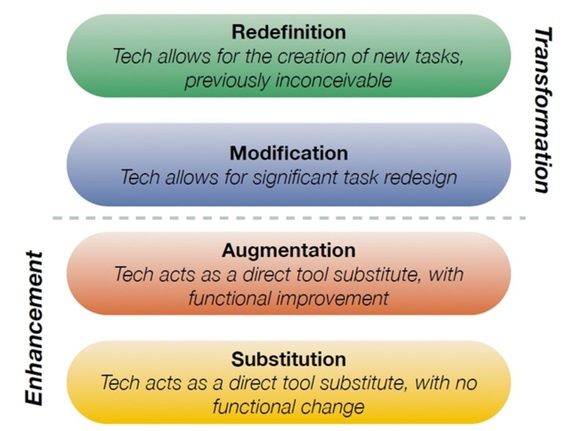

 Accountability
Accountability

 While we have been focusing on deeper learning this year, what I like about this framework is it provides a scaffold of these types of learning environments. Sheninger said while our goal should be to get our students to quadrant D, it is impossible to reside there at all times. In my opinion, It is also not fair to kids to provide them with an education that never allows them to move out of Quadrant A. As I was perusing the leadered website, I did stumble on the
While we have been focusing on deeper learning this year, what I like about this framework is it provides a scaffold of these types of learning environments. Sheninger said while our goal should be to get our students to quadrant D, it is impossible to reside there at all times. In my opinion, It is also not fair to kids to provide them with an education that never allows them to move out of Quadrant A. As I was perusing the leadered website, I did stumble on the 


